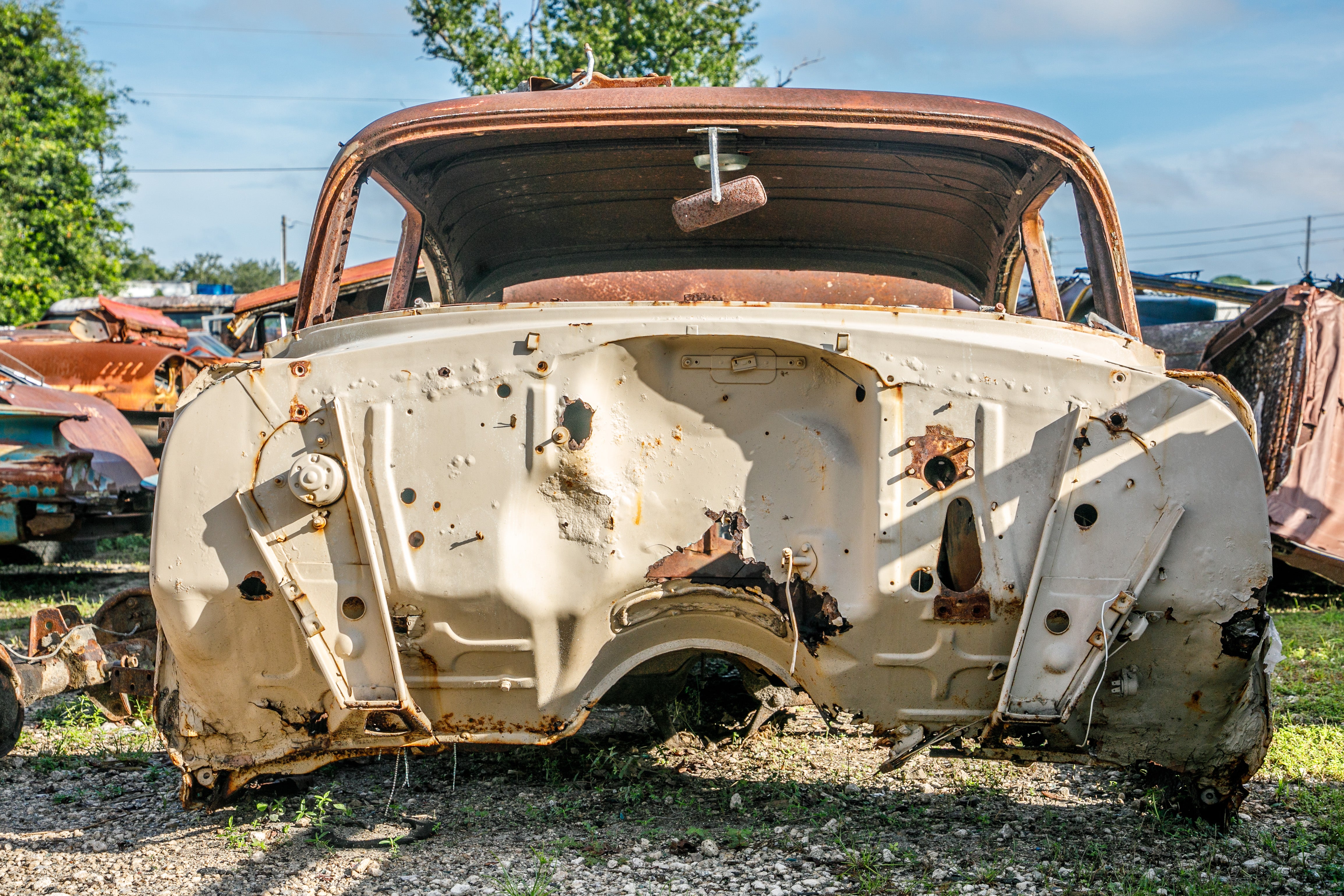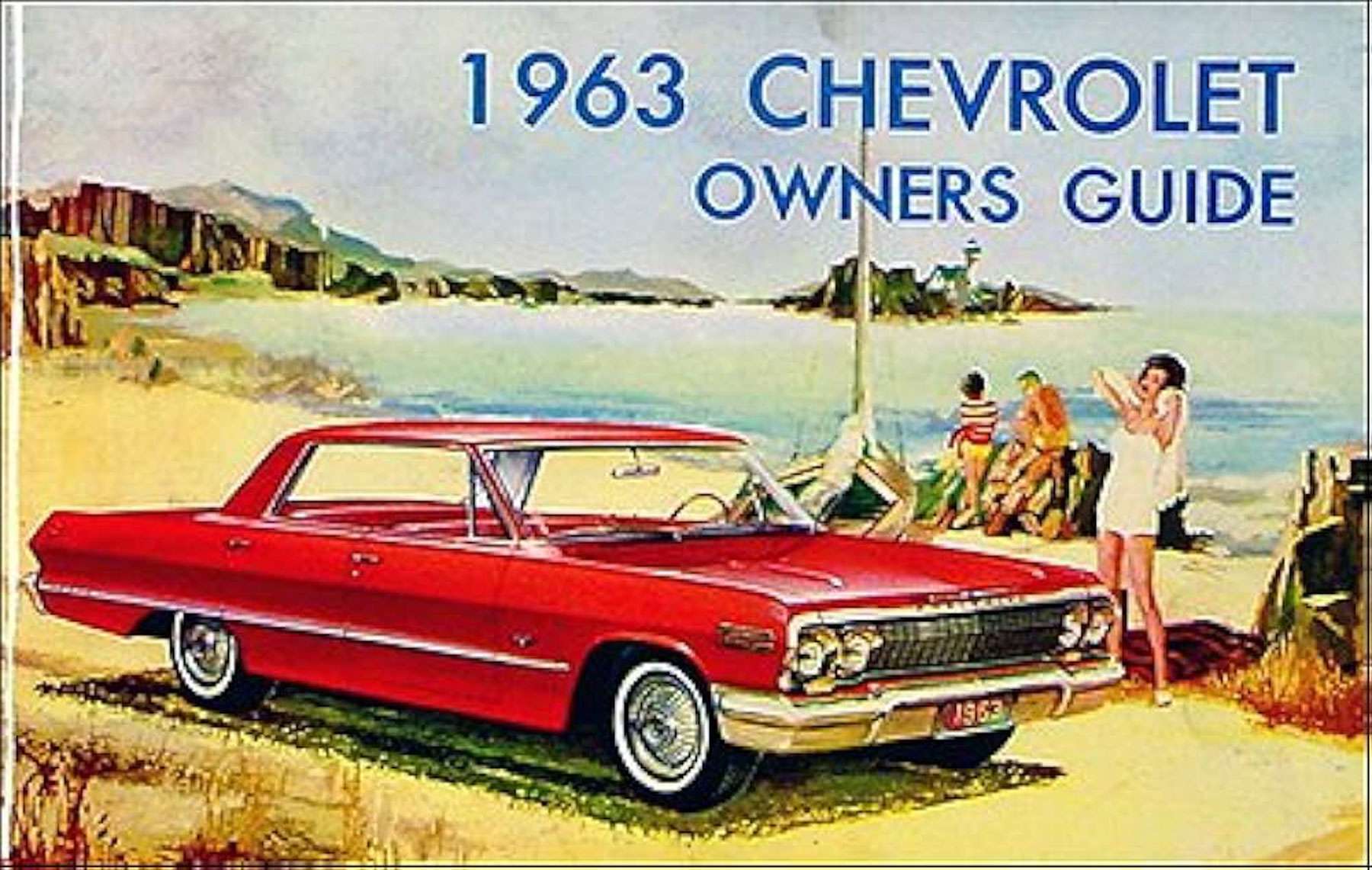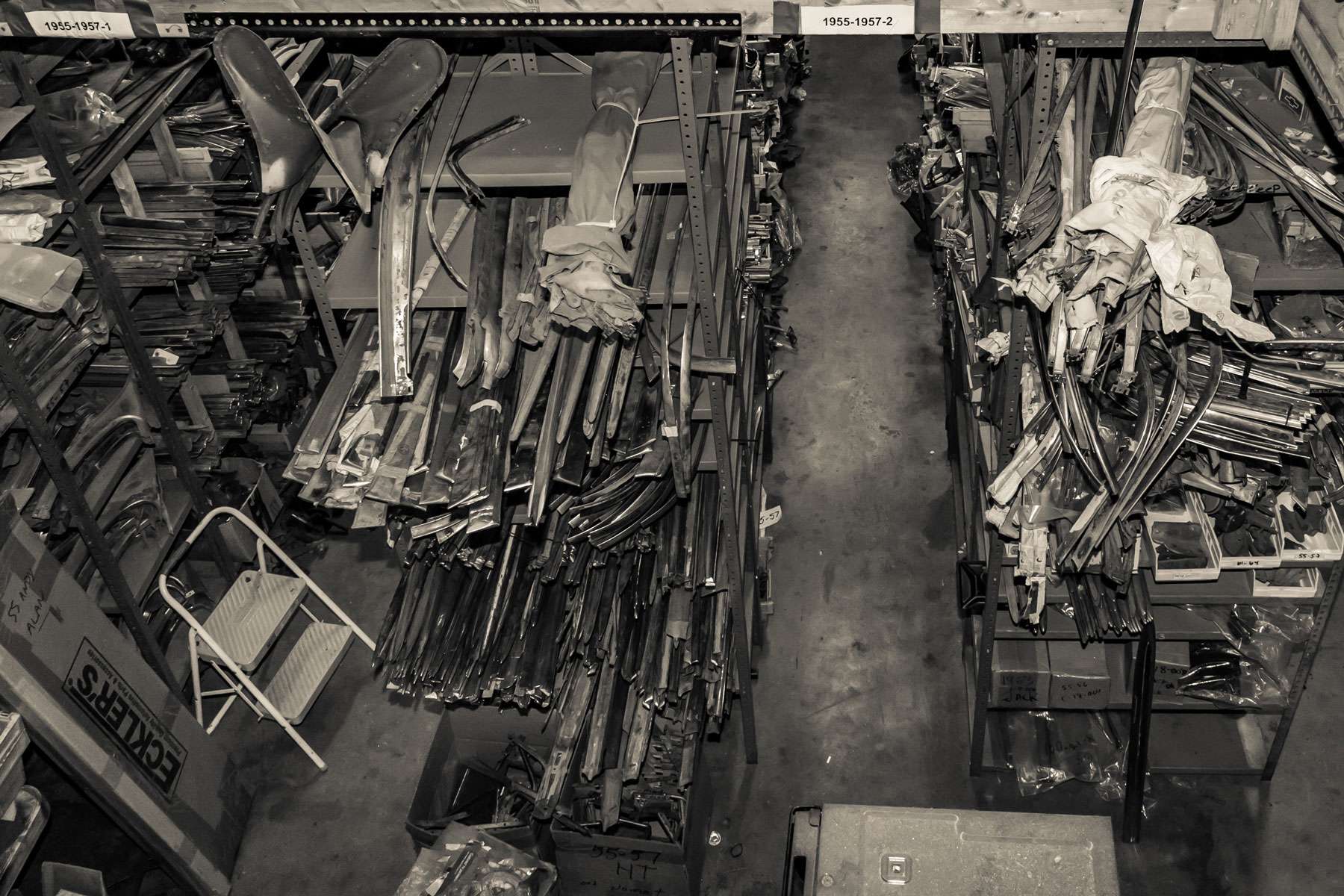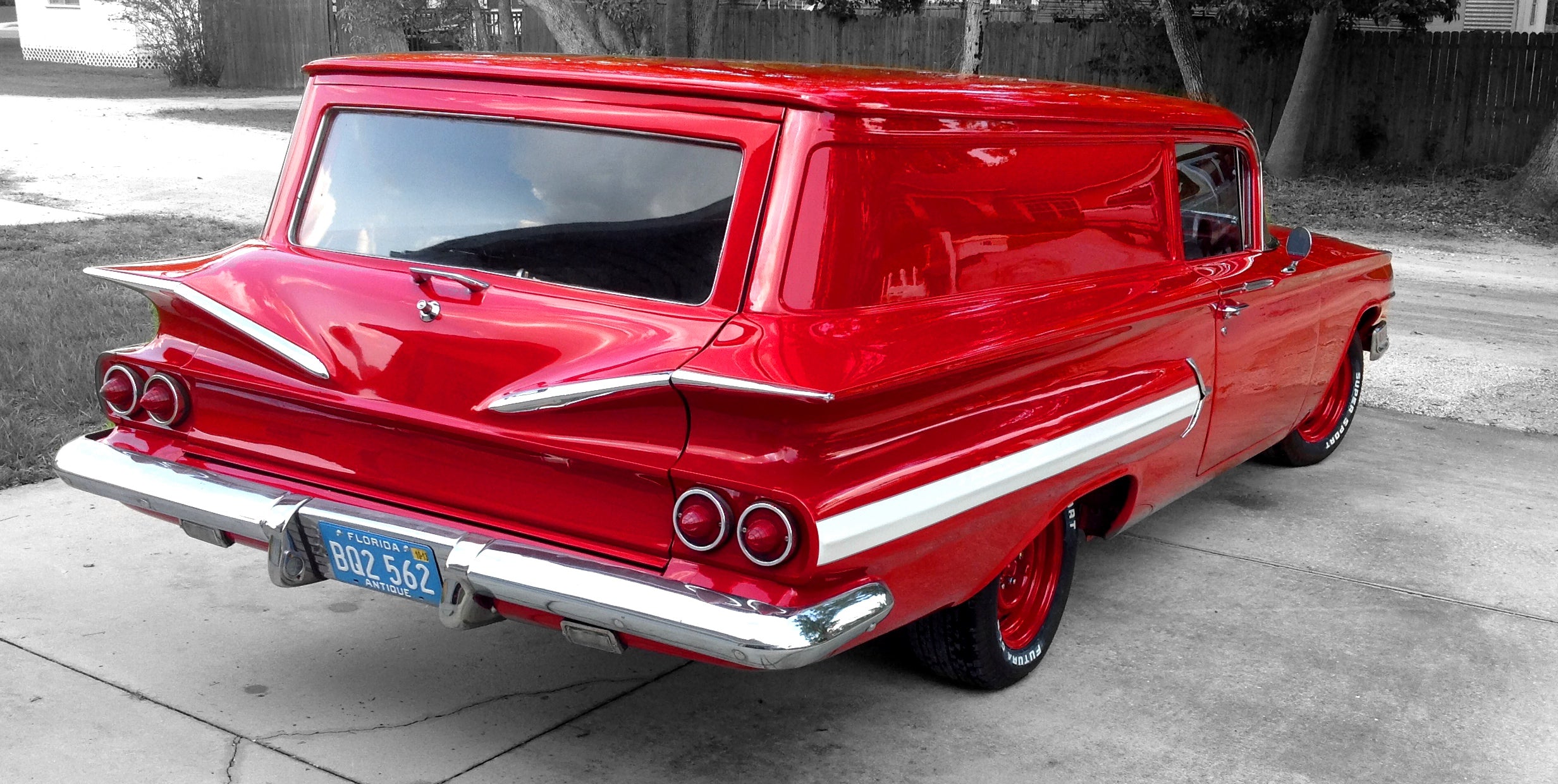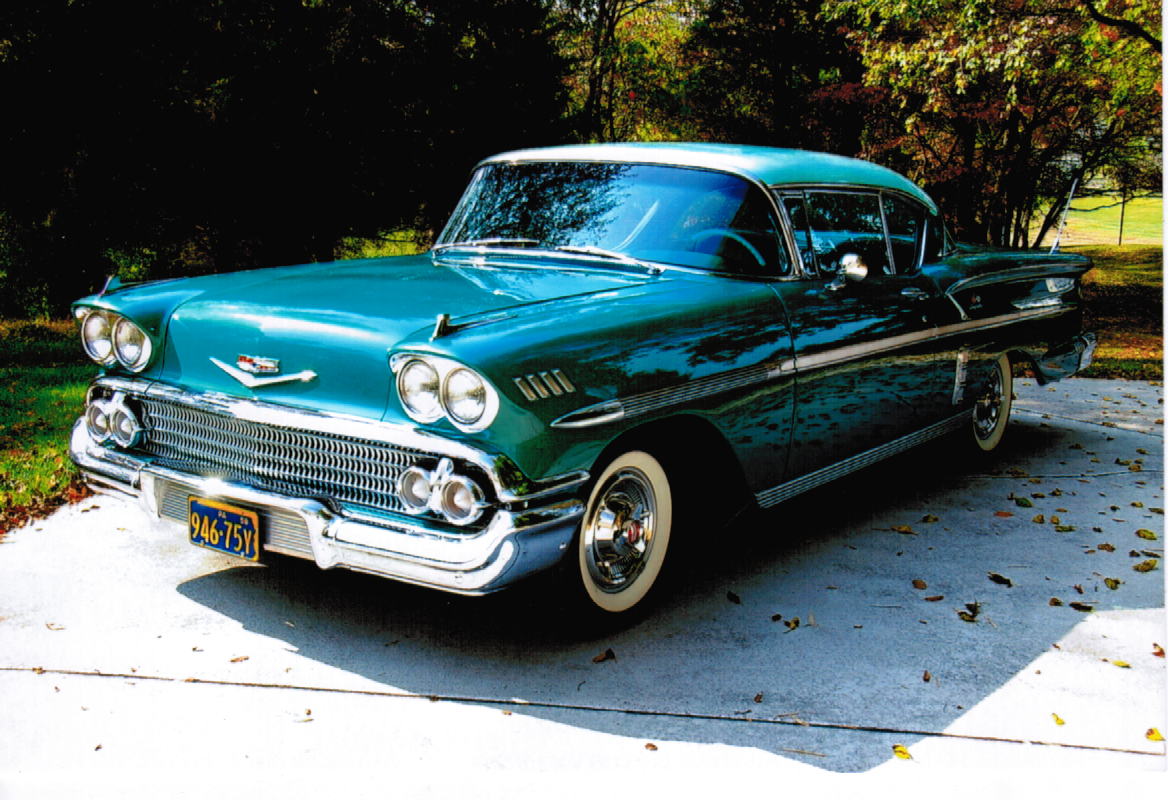
Why it is Easy to be Passionate about Classic Chevys
Since its inception in 1911, the Chevrolet Motor Company has created reliable, stylish vehicles for the average American family. With a wide range of body styles and easy accessibility of parts, it is no wonder that classic Chevrolet vehicles inspire collectors and fan clubs with a passion for Chevys. Enthusiasts often become fascinated with the history of the classic Chevys that most appeal to them.
Even well-worn classic Chevys have an appealing and distinct look. Though Chevy continues to manufacture desirable vehicles, the 1950's, 60's, and 70's were its stylistic heyday. Many classic Chevys first appeared in these three decades; these classic models included the Corvette, the Corvair, the Nova, the Corvair pickup, the Chevelle Malibu, and the El Camino. A fully restored 1950's Bel Air Coupe or an overhauled 1960's Impala easily draw admiration and attention. It is easy for Chevy enthusiasts to spot any of these vehicles and to determine their manufacture date by a couple of years. The appeal of these designs inspires modern manufacturers to approximate these styles in modern vehicles. The retro look is coming back for the Camaro, and just recently the stingray model of the Corvette made an appearance.
Part of the popularity of the Chevy classics is a personal nostalgia. In the 50's, 60's, and 70's Chevys were reasonably priced vehicles, so many teenagers of those times learned to drive in what are now Chevy classics. Drivers say classic Chevys are fun to drive. They remind them of Beach Boys’ tunes like “409” and “Custom Machine.” Getting behind the wheel of a classic can transport a driver back to a time when he/she was young.
Chevy classics also remain popular because the machine parts are widely available. Enthusiasts who want to restore a classic to its former glory can easily find missing parts. Because of the popularity associated with these classic cars when they were new, many salvage yards have an abundance of non-working Chevys. Many people who own these parts are willing to sell them to enthusiasts wanting to restore a vehicle. During the 50's, 60's, and 70's, many car manufacturers used parts with similar designs, so restorers can use parts from one defunct Chevy in a restoration of another even if they are from different years. In addition, a Google search for any Chevy classic quickly brings up websites selling parts designed for repairing these vehicles. As a result, replacement parts usually can be found easily, though not always cheaply. Most vehicle parts, however, are available at inexpensive prices.
Because classic Chevy vehicles continue to maintain popularity, restoring these vehicles often adds to their value. The high demand for 1960's Camaros increases their value whether they have been restored or not. Popularity of Corvettes and El Caminos also increases their value. The rarity of working Chevelle styles, including classic El Caminos, boosts their desirability. Many passionate Chevy owners see their classic cars as an investment, and in many cases, the value of their collections increases over time.
Classic Chevys are so popular that many states have fan clubs dedicated to sharing a love of these vehicles. Members of these clubs share pictures of their restoration projects, debate the positives and negatives of favorite models, and share information about obtaining parts for restoring their cars.
Classic Chevy vehicles are appealing, popular and desirable. All of these characteristics inspire enthusiasts with a passion for collecting and restoring these vehicles. This passion brings a sense of youthfulness to Chevy lovers and an elevated status with other enthusiasts. Investing in classic Chevys can be both enjoyable and profitable, a true investment in the future.
What makes you passionate about Chevy? Share in the comments below.
